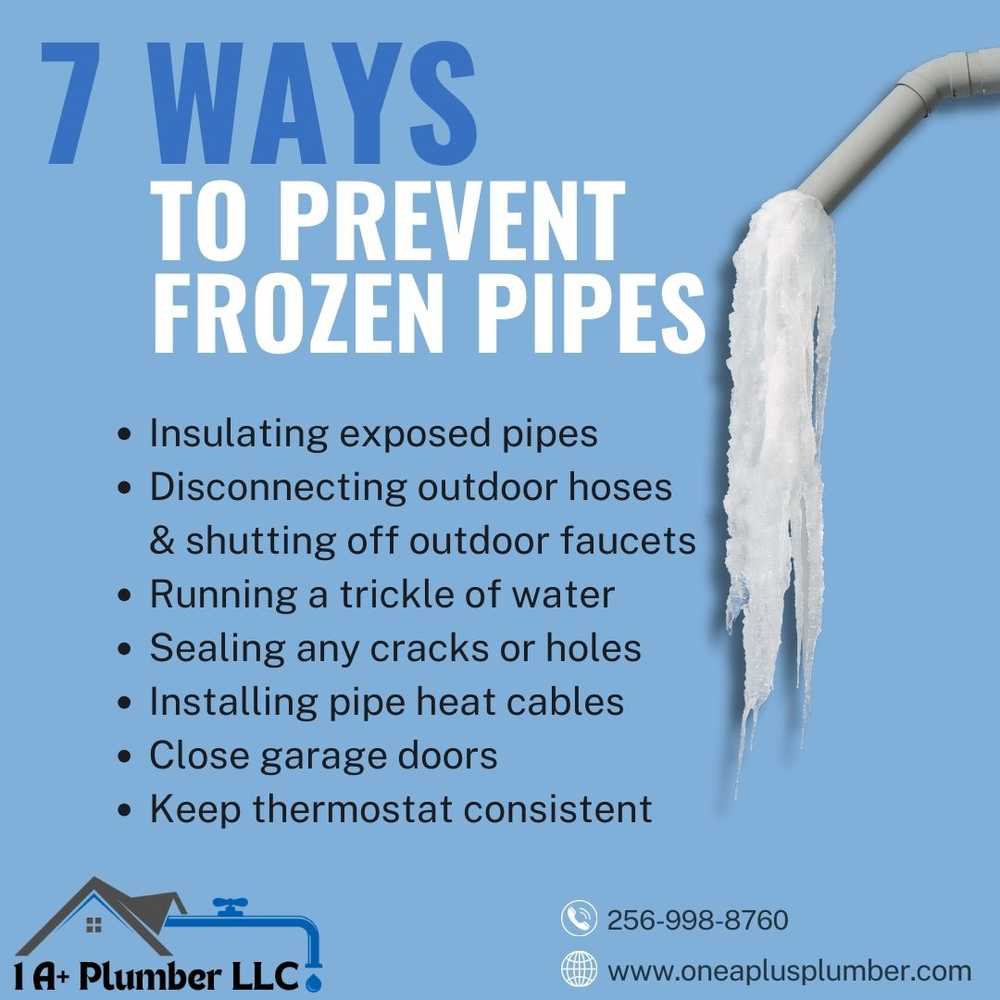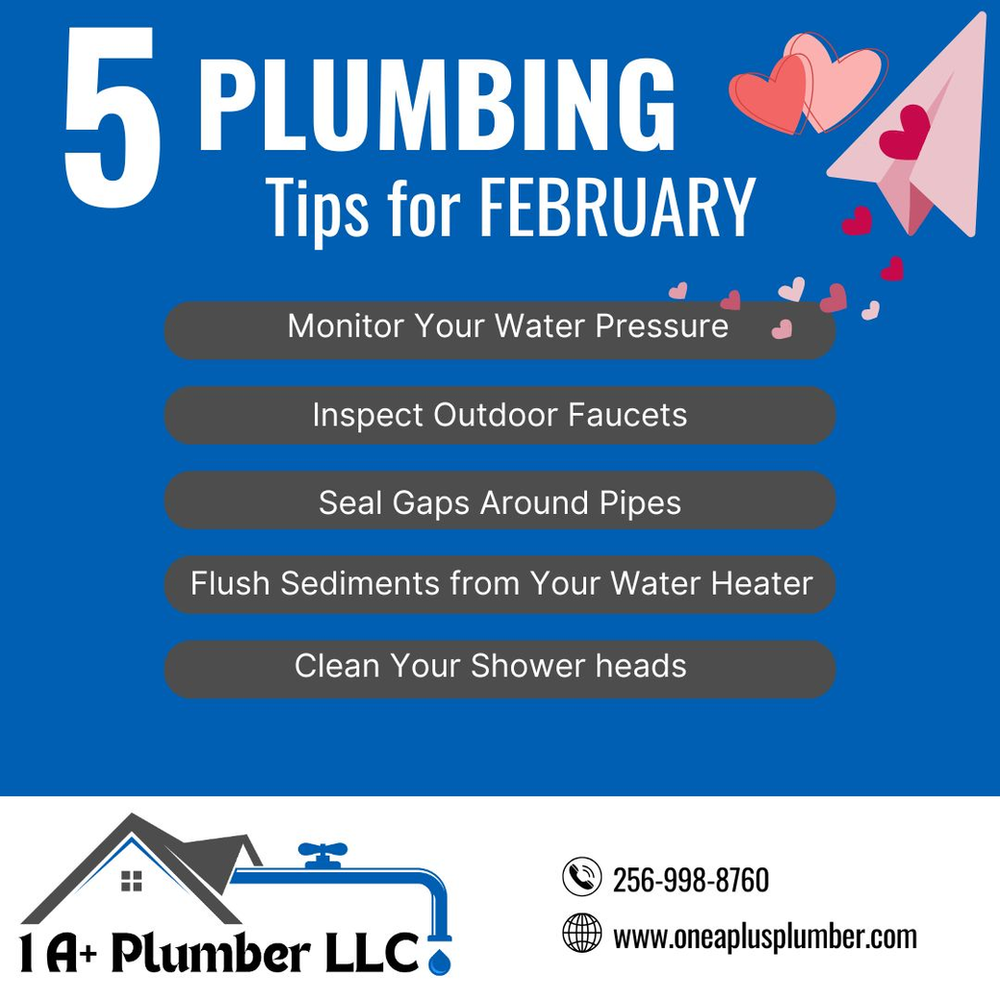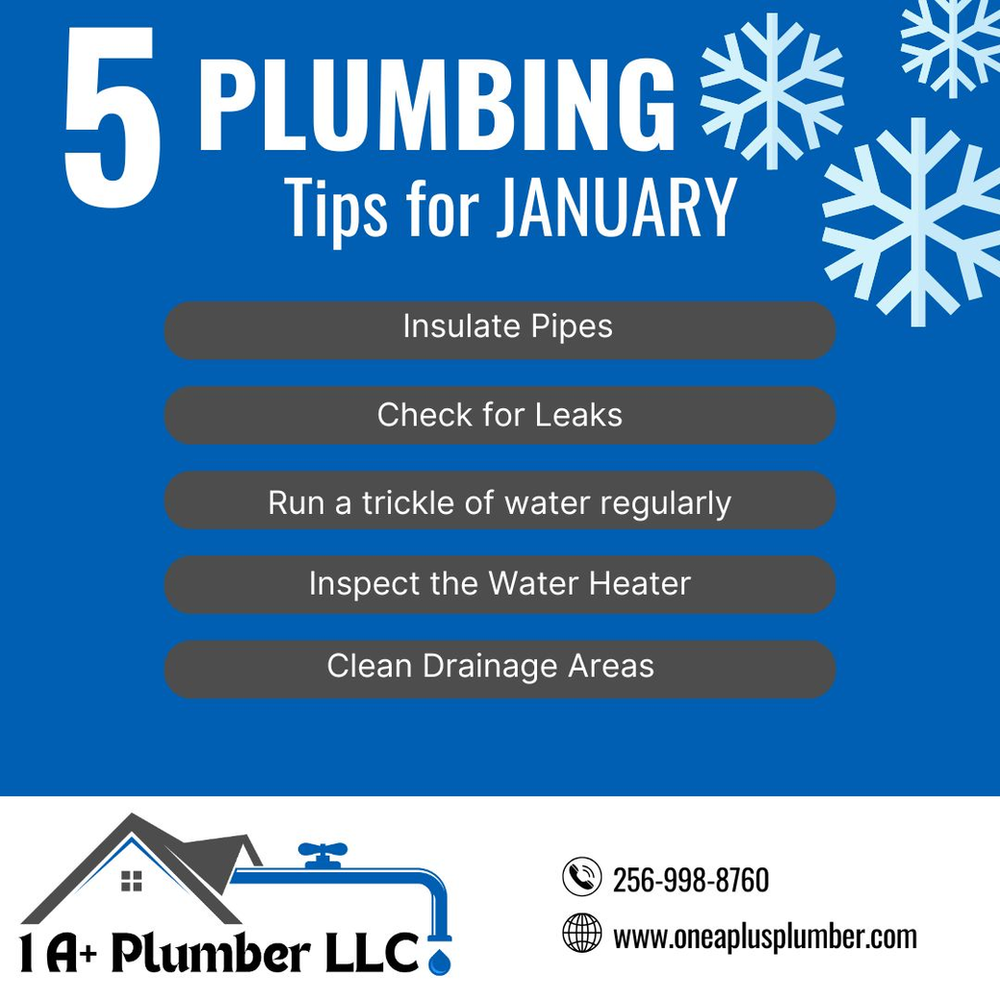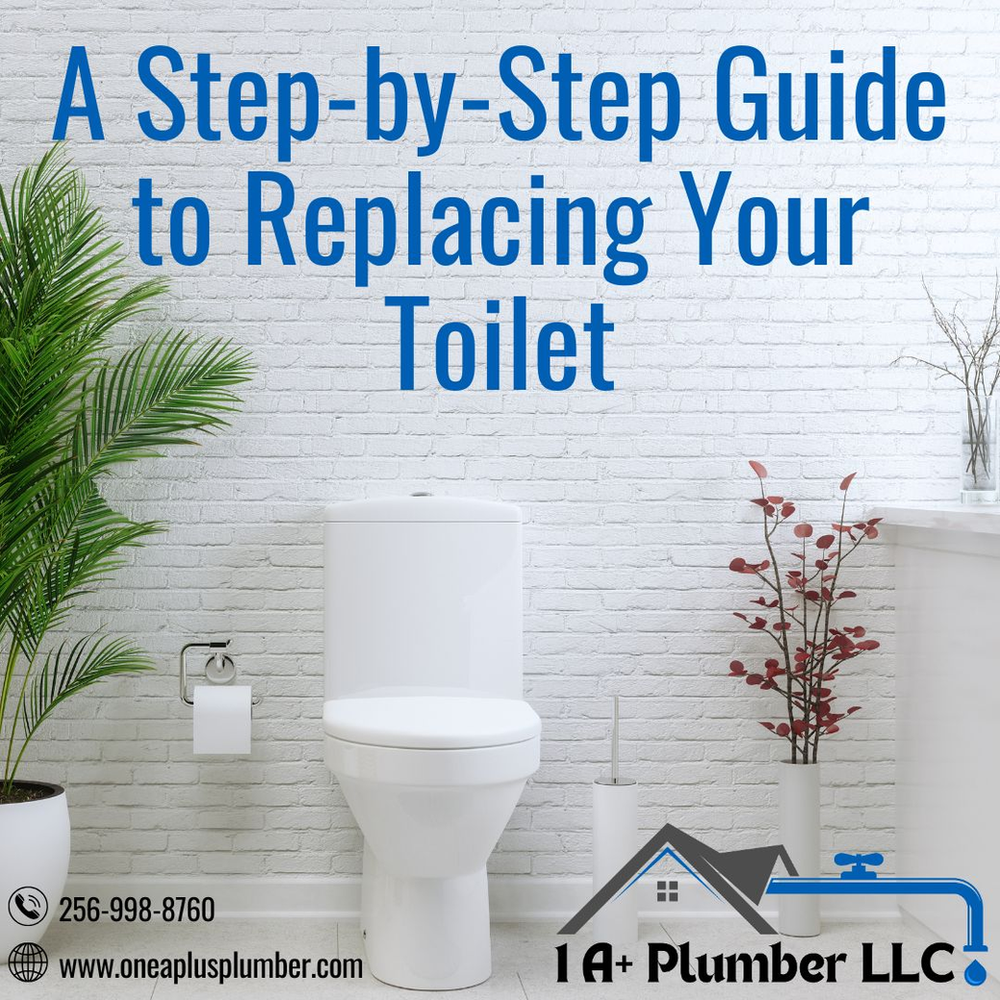How to Prevent Frozen Pipes This Winter: Essential Tips for Homeowners

Winter can be a challenging time for homeowners, especially when it comes to protecting your plumbing. One of the most common (and costly) problems during freezing temperatures is burst pipes, even in the South! When water freezes inside pipes, it expands, often causing the pipes to crack or burst, leading to extensive damage and expensive repairs. However, with a few proactive steps, you can prevent frozen pipes and protect your home from potential disasters. Here’s how to keep your plumbing safe all winter long.
1. Insulate Your Pipes
One of the simplest and most effective ways to prevent frozen pipes is to insulate them. Pipes that are in unheated spaces—such as basements, attics, garages, and crawl spaces—are especially vulnerable to freezing. Insulating these pipes can help maintain a temperature that prevents the water inside from freezing.
What to Do:
-
Use foam pipe insulation, which is inexpensive and easy to install. Measure the length of exposed pipes and cut the insulation to fit.
-
Consider wrapping pipes with heat tape or heat cables, which can provide extra warmth in particularly cold areas.
2. Disconnect Outdoor Hoses and Shut Off Outdoor Faucets
Leaving hoses connected to outdoor faucets during winter can cause water to freeze and back up into the pipes, leading to cracks or bursts. Before freezing temperatures hit, make sure to disconnect any garden hoses and shut off water to your outdoor faucets.
What to Do:
-
Turn off the valve to your outdoor water supply (typically located inside the house).
-
Open the outdoor faucet to drain any remaining water and leave it open throughout winter.
3. Keep a Trickling Faucet on Cold Nights
When temperatures drop below freezing, keeping a small trickle of water running through your faucets can prevent the pipes from freezing. Water that is moving is much less likely to freeze than water that is stationary.
What to Do:
-
On especially cold nights, open the faucet to allow a small drip or trickle of cold water. This is especially important for faucets connected to exposed or less insulated pipes.
-
Make sure to keep both the hot and cold water dripping to prevent freezing on both sides of the line.
4. Seal Cracks and Gaps Around Pipes
Cold air can seep in through cracks or gaps around your home's exterior, potentially reaching your pipes and increasing the risk of freezing. Sealing up these gaps can help insulate your home and keep your pipes safe from frigid outdoor temperatures.
What to Do:
-
Use caulking or foam insulation to seal cracks or holes where pipes enter the home. Pay special attention to areas around pipes that pass through walls or the foundation.
-
Check areas where cables, wires, or dryer vents enter your home, and seal any gaps you find.
5. Keep Your Thermostat Consistent
It’s important to maintain a consistent temperature in your home during winter, even at night or when you're away. While it might be tempting to lower the heat to save on energy bills, it can put your pipes at risk.
What to Do:
-
Keep your thermostat set to at least 55°F, even when you're not home. This helps ensure that your home's interior stays warm enough to prevent freezing.
-
If you’re going away for an extended period, consider leaving cabinet doors open where pipes are located (such as under sinks), allowing warm air to circulate around them.
6. Install Pipe Heat Cables or Heating Tape
For areas that are particularly prone to freezing or if you’ve had issues with frozen pipes in the past, installing pipe heating cables or tape may provide extra peace of mind. These products wrap around your pipes and provide controlled warmth, preventing water inside the pipes from freezing.
What to Do:
-
Purchase heat cables or heating tape from your local hardware store.
-
Follow the manufacturer's instructions carefully to install them along the length of the vulnerable pipes.
7. Keep Garage Doors Closed
If you have water supply lines running through your garage, keeping the garage door closed is a simple way to maintain a warmer environment for those pipes. Cold air that enters through an open garage door can lower the temperature inside, increasing the risk of freezing.
What to Do:
-
Make it a habit to close the garage door, especially at night when temperatures are typically the lowest.
-
For added protection, you can insulate the garage door or install a space heater if needed.
Winter weather doesn’t have to spell disaster for your home’s plumbing. By taking these simple preventative measures, you can significantly reduce the risk of frozen pipes and the costly damage they can cause. If you’re ever unsure or need professional help, don’t hesitate to call One A Plus Plumber. Our expert team is here to help you protect your home and ensure your plumbing stays safe all winter long.
Need assistance with winterizing your pipes? Contact One A Plus Plumber today for expert advice and services! Stay warm, stay safe, and protect your home this winter.
QUICK LINKS
CONTACT INFORMATION
Phone:
256-998-8760
Email:
info@oneaplusplumber.com
Address: 21215 Oakland Meadows Athens Alabama 35613
BUSINESS HOURS
- Mon - Sun
- Open 24 hours
24-hour emergency
PAYMENT OPTIONS

















